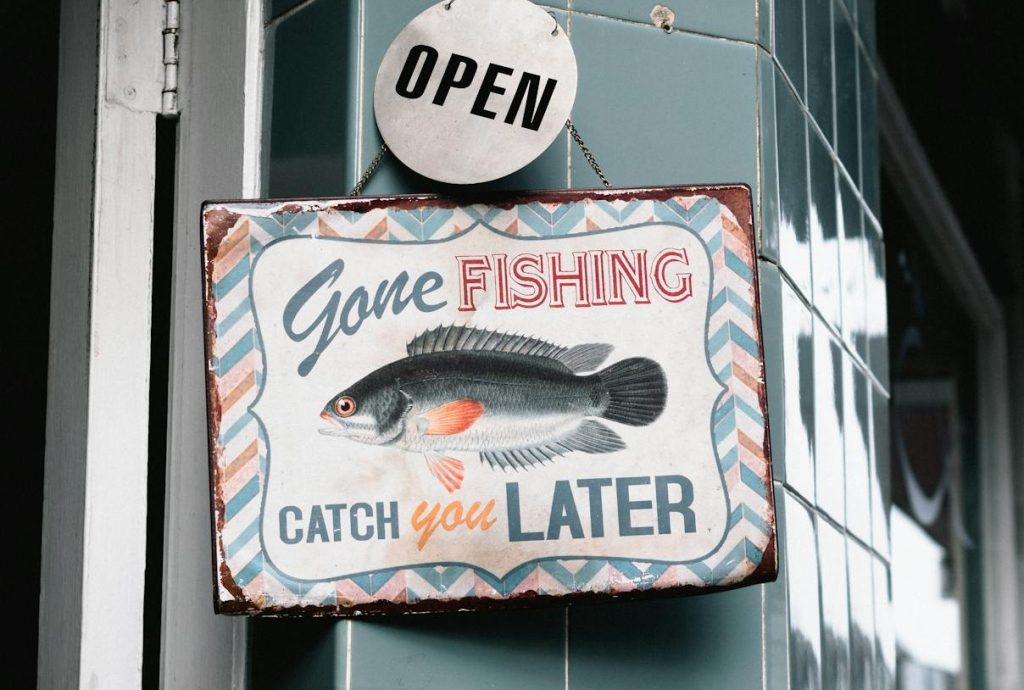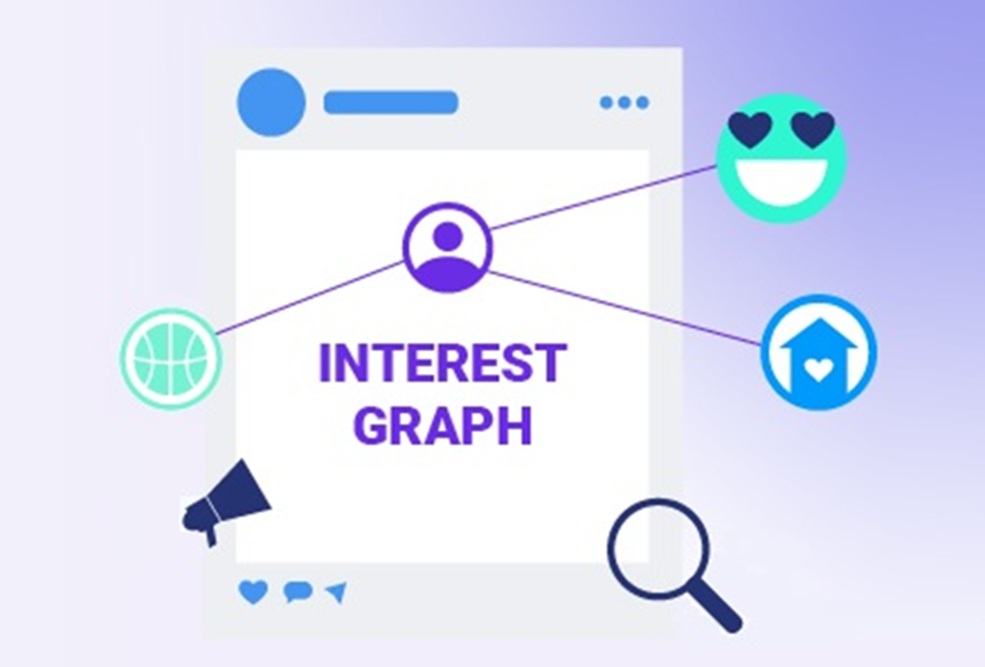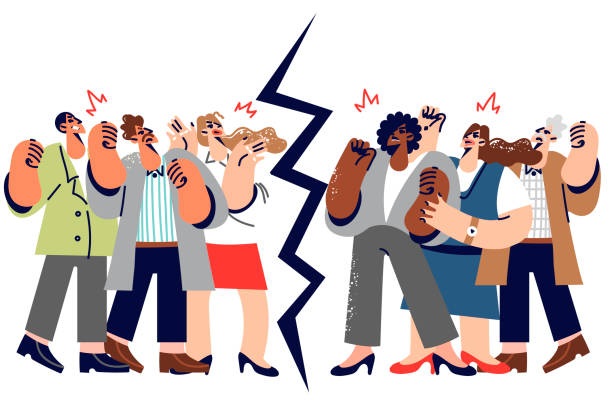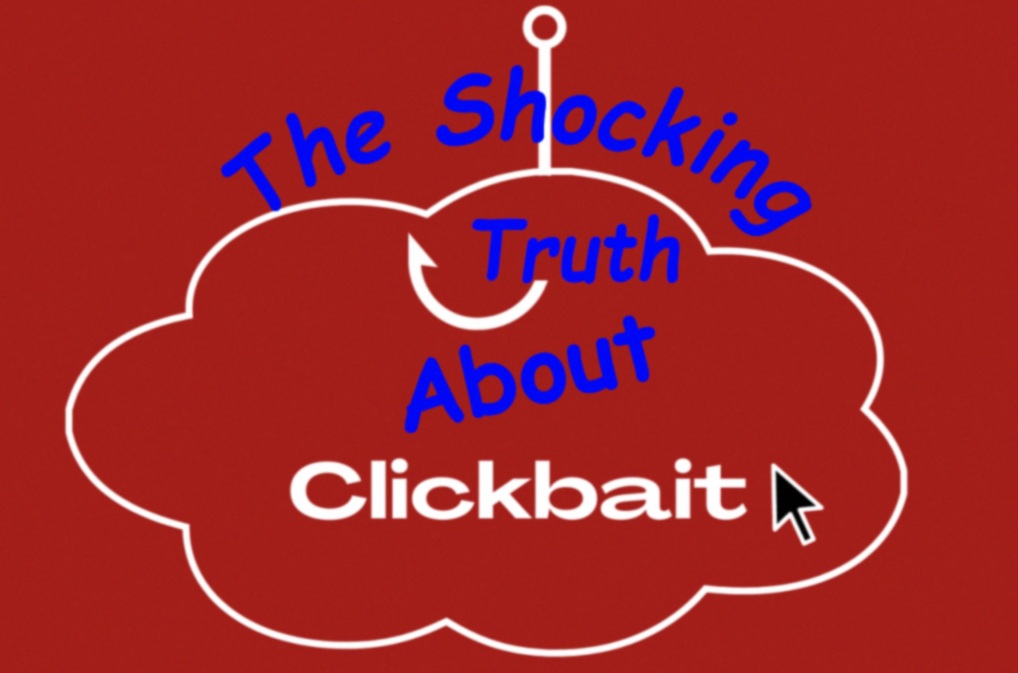Strategic Narrative Positioning on Instagram for Long-game Brand Identity

Strategic narrative positioning on Instagram helps brands communicate ideas that shape audience perception over time. This approach moves beyond short bursts of attention and establishes a stable identity that stays consistent across shifting trends. It focuses on story patterns rather than isolated posts. When creators use it well, they guide audience expectations through clarity. This method also helps brands stay recognizable even when visual styles change. Because Instagram changes often, consistent narrative logic gives followers a stable sense of the brand. This stability builds recognition and trust.
This framework relies on core themes. These themes support the content choices that follow. Many brands skip this step, yet it forms the base for long-game brand identity because audiences track patterns more than moments. Strategic narrative positioning on Instagram gives creators a structure for long-term direction. It also supports ongoing adaptation without losing coherence. Even when brands try new formats, they stay anchored. This helps them grow with their audiences. It also helps them frame every message inside a larger story.
Creators who treat Instagram as a narrative system see deeper results. They gain insight into how followers interpret content over long periods. This long view prevents reactive content habits that weaken brand identity. Instead, creators build narratives that evolve slowly. This slow evolution keeps audience expectations stable. It also trains followers to see posts as part of a larger whole. When creators work this way, they build long-game brand identity that can last for years. This approach also shields them from rapid content-cycle shifts.
Why Strategic Narrative Positioning Matters
Brands with strong narrative systems stand out in crowded feeds. Strategic narrative positioning on Instagram creates depth that quick wins cannot match. Many creators chase trends, yet they miss the story logic that audiences remember. A well-built narrative helps people understand what the brand stands for. It also supports meaningful impressions that compound over time. When followers understand a brand’s voice, they engage more often. This long-term brand identity makes audiences more patient with experimentation because the underlying meaning stays clear.
Narratives help reduce brand drift. Instagram’s fast pace can push creators to chase every new idea. However, scattered ideas weaken identity. Narrative structure helps creators avoid this trap. They make content decisions based on long-range goals rather than immediate pressure. This approach strengthens trust. Followers feel safe investing their attention when a brand presents stable themes. Strategic narrative positioning on Instagram builds psychological clarity that cuts through noise. This clarity helps a brand stay memorable in a busy environment.
Narratives also help brands tackle complexity. Deep messages often need more than one post to explain. A long-game brand identity allows creators to tell this story slowly. They can introduce themes in stages. They also reinforce major ideas through repetition. Over time, this builds intellectual and emotional depth. This approach also trains audiences to expect thoughtful content. When creators maintain this standard, they attract followers who value meaning over hype. This leads to stable engagement patterns that last.
Defining Your Core Narrative Threads
A narrative thread is a recurring idea. It helps tie posts together. Strategic narrative positioning on Instagram relies on selecting the right threads. These threads should match long-game brand identity goals. Many creators pick themes that sound good but do not reflect their true values. This mistake weakens narrative strength. Instead, creators should find ideas that match their long-term direction. These ideas help shape future content choices. They also guide followers toward a clear understanding of the brand.
To build effective threads, creators should focus on meaning. Each thread should reflect a deeper message the brand wants to express. These messages often grow from mission, personality, or worldview. When brands make these ideas clear, audiences respond well. Strong threads keep content consistent even during shifts. They also help creators avoid confusion when new opportunities arise. Strategic narrative positioning on Instagram works best when threads feel natural. Audiences sense this authenticity and trust it.
Creators should maintain three to five major narrative threads. This keeps the story rich but manageable. Too many threads weaken clarity. Too few limit flexibility. Once selected, these threads shape daily decisions. They help creators choose topics, formats, and tones. They also support long-game brand identity because they create recognizable patterns. When brands stick to their threads, followers learn what to expect. This stability helps audiences feel grounded in the brand’s world.
Building the Narrative Architecture
Narrative architecture describes how themes fit together. Strategic narrative positioning on Instagram depends on having structure. Without structure, posts feel random. A solid narrative architecture includes pillars, arcs, and transitions. Pillars are the major ideas. Arcs are the ongoing shifts across time. Transitions help move the audience from one idea to another. When creators use this architecture, they create a long-term brand identity that feels smooth and intentional. Followers stay engaged because the story feels stable.
Pillars give structure to everything. Each pillar supports one narrative thread. They form the skeleton of long-game brand identity. Arcs show how each pillar evolves. They allow creators to introduce change without losing stability. This slow evolution helps audiences adjust naturally. Transitions keep the story coherent. They link content pieces in ways that feel predictable but interesting. When all elements work together, strategic narrative positioning on Instagram becomes powerful.
Narrative architecture also supports consistent pacing. Instagram audiences respond well to repeat exposure. When brands use a structured system, they reinforce ideas smoothly. They also handle complexity better. This helps them build deeper trust. A stable narrative structure supports flexibility. Because the core remains clear, creators can experiment freely. This balance between stability and change helps maintain long-term brand identity. It also helps brands grow without confusing followers.
Crafting a Distinctive Voice for Strategic Narrative Positioning
Voice shapes how followers feel about a brand. Strategic narrative positioning on Instagram depends on a strong voice. This voice should express personality clearly. Many brands use generic tones that feel flat. Instead, creators should choose language patterns that reflect identity. This includes rhythm, tone, and vocabulary. When voice stays consistent, audiences sense stability. This stability helps long-game brand identity become more recognizable.
A strong voice reinforces narrative threads. Each thread should sound distinct yet connected. Voice also helps creators stand out. Many accounts compete for attention, so a recognizable voice builds memorability. Strategic narrative positioning on Instagram works best when voice feels true. Audiences respond to sincerity. They also notice consistency. When creators maintain voice across formats, followers learn what to expect. This predictability builds comfort and trust.
Voice must stay flexible. Instagram changes often. Creators must adapt while staying recognizable. This means adjusting tone for new formats while keeping core identity stable. Flexibility also helps creators address new topics. As long as the underlying voice stays consistent, audiences stay aligned. This balance between stability and adaptation helps maintain long-term brand identity. It also strengthens narrative impact over time.
Designing Visual Systems That Support Long-game Brand Identity
Visual systems help audiences recognize a brand quickly. Strategic narrative positioning on Instagram relies on visuals as much as words. A strong visual system includes color logic, composition patterns, and symbolic cues. These elements help tie posts together. They also help followers understand narrative threads visually. When visuals stay consistent, they reinforce story structure. This helps build long-game brand identity that feels stable across time.
Creators should design visual systems that match their narrative goals. Colors should reflect emotion. Typography should reflect personality. Composition patterns should support story clarity. These choices help strengthen strategic narrative positioning on Instagram. They also help creators maintain coherence across diverse formats. A solid visual system reduces decision fatigue. It also speeds up the content workflow. This helps creators stay consistent even during busy periods.
Visual systems must evolve slowly. Audiences need time to adjust to change. When brands update their visual logic, they should do so in stages. This slow evolution fits long-game brand identity. It also keeps followers comfortable. Gradual shifts help maintain trust. They also allow creators to experiment while staying anchored. A balanced visual system supports both stability and creativity.
Embedding Meaning Through Symbolic Cues and Recurring Elements
Symbolic cues help build deeper narrative meaning. Strategic narrative positioning on Instagram benefits from repeated symbols. These symbols might be objects, colors, or gestures. When creators repeat these cues, audiences form associations. These associations help shape brand identity. Over time, they build familiarity. This familiarity supports long-game brand identity. Many brands ignore the power of symbols, yet symbols shape memory strongly. Repetition strengthens recognition.
Recurring elements help unify posts. These might include framing choices or text styles. When used consistently, they form a visual vocabulary. This vocabulary helps audiences decode meaning. Strategic narrative positioning on Instagram improves when creators repeat cues. Symbols also help reinforce narrative threads. They act as anchors. They also help mark transitions between story arcs. Audiences appreciate these recurring cues because they offer stability.
Symbolism deepens emotional impact. When creators use symbols well, audiences feel stronger attachment. This attachment supports long-term engagement. It also helps differentiate the brand. Symbols turn abstract ideas into concrete images. They also help content feel intentional. When creators embed meaning carefully, narrative depth increases. This depth strengthens long-game brand identity and makes the brand harder to forget.
Maintaining Consistency Across Shifting Instagram Features
Instagram updates often. Strategic narrative positioning on Instagram remains effective when creators adapt without losing identity. New features can disrupt routines. However, narrative logic provides stability. When creators rely on strong threads, they stay flexible. They adapt format while keeping meaning intact. This helps maintain long-game brand identity. Followers appreciate consistency. They also trust creators who handle change smoothly.
New features can enhance narrative expression. Creators can use them to present ideas in new ways. Stories, Reels, and Carousels each support different narrative strengths. Strategic narrative positioning on Instagram helps creators choose the right format for each idea. When format changes, narrative themes stay stable. This helps keep audience expectations clear. It also supports better engagement.
Creators must avoid losing structure during updates. Many accounts shift too fast when Instagram changes. This weakens identity. Instead, creators should test new formats slowly. They should integrate them into existing narrative systems. This method maintains clarity. It also reinforces long-term brand identity. Slow adaptation helps audiences stay oriented. It also keeps the narrative strong.
Using Strategic Narrative Positioning to Guide Content Cycles
Content cycles shift with audience behavior. Strategic narrative positioning on Instagram helps creators manage these cycles. Instead of reacting to trends, creators rely on narrative direction. This approach maintains clarity. It also helps brands avoid panic-driven changes. Long-game brand identity supports stable decision-making. It also keeps content aligned with long-term goals.
Narrative clarity guides posting rhythm. Each narrative thread can appear on a cycle. This cycle helps reinforce themes. It also trains audiences to expect certain ideas. Strategic narrative positioning on Instagram supports intentional pacing. When creators pace threads well, followers stay engaged. They also gain deeper understanding of the brand. Cycles help prevent burnout and maintain balance.
Creators should review narrative cycles often. They should adjust timing based on performance. However, they should avoid changing the core. When creators trust their narrative plan, they stay consistent. This trust supports long-term brand identity. It also builds audience loyalty. Thoughtful cycles strengthen stability over time.
Evaluating Your Narrative System and Adjusting Over Time
Narratives evolve. Strategic narrative positioning on Instagram requires regular evaluation. Creators should review narrative threads, arcs, and symbolism. They should check for drift. Drift weakens identity. Reviewing helps maintain clarity. It also helps creators adjust for audience needs. When creators adapt slowly, they protect long-game brand identity. They keep the story stable while evolving meaning.
Feedback helps refine narrative direction. Creators should check trends without losing focus. They should also listen to followers. Strong narratives grow with audience insight. Strategic narrative positioning on Instagram supports this growth. When creators adjust thoughtfully, they avoid overreaction. This balance helps maintain long-term brand identity. It also builds trust.
Creators should evaluate structure yearly. They should check voice, visuals, and symbolism. They should confirm alignment between intentions and perception. This review protects narrative integrity. It also strengthens strategic direction. Long-game brand identity grows through careful stewardship. When creators stay committed to structure, the narrative becomes stronger each year.
Contact VerifiedBlu to talk about how we can help you grow your Instagram followers organically and authentically.









